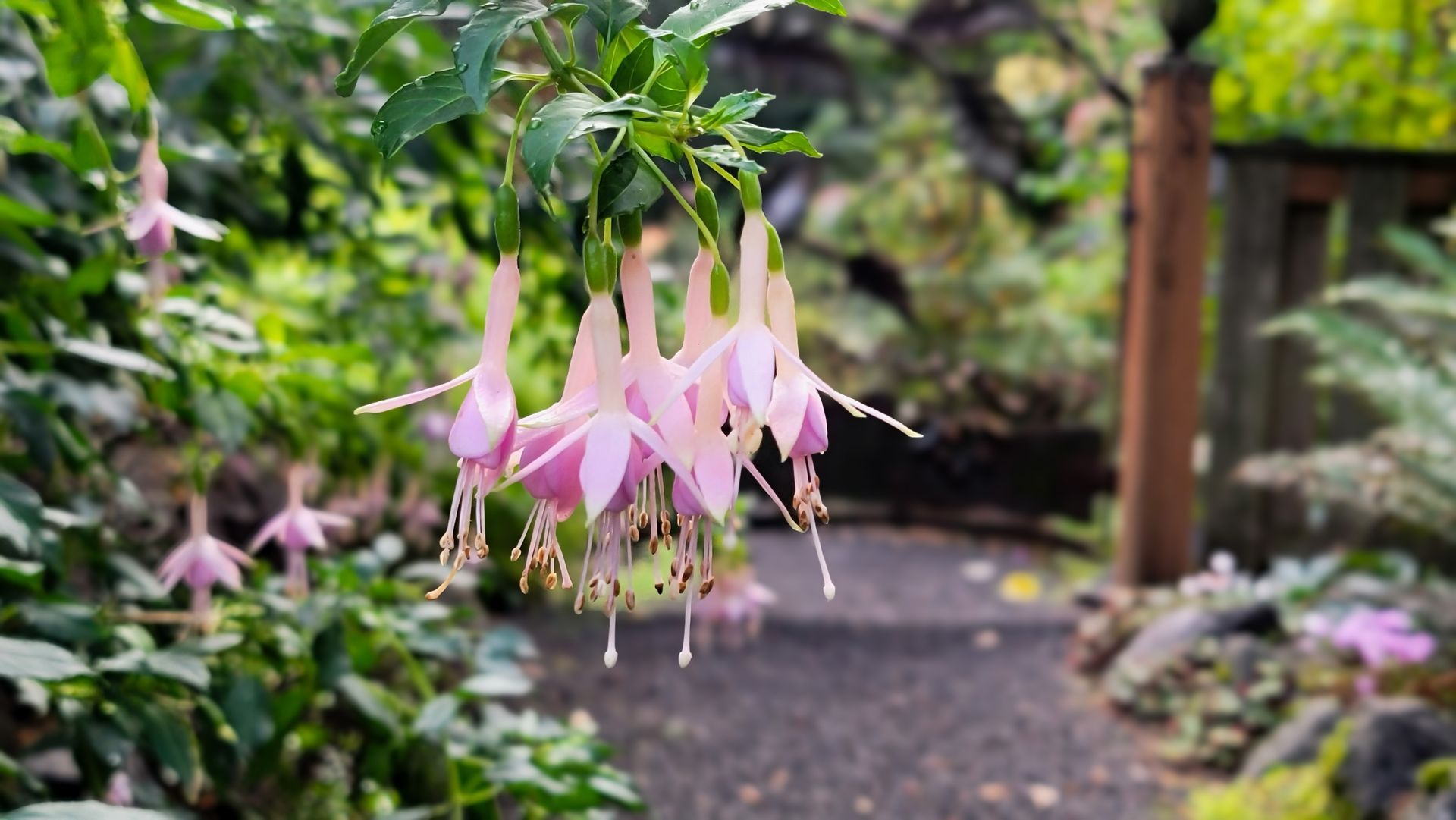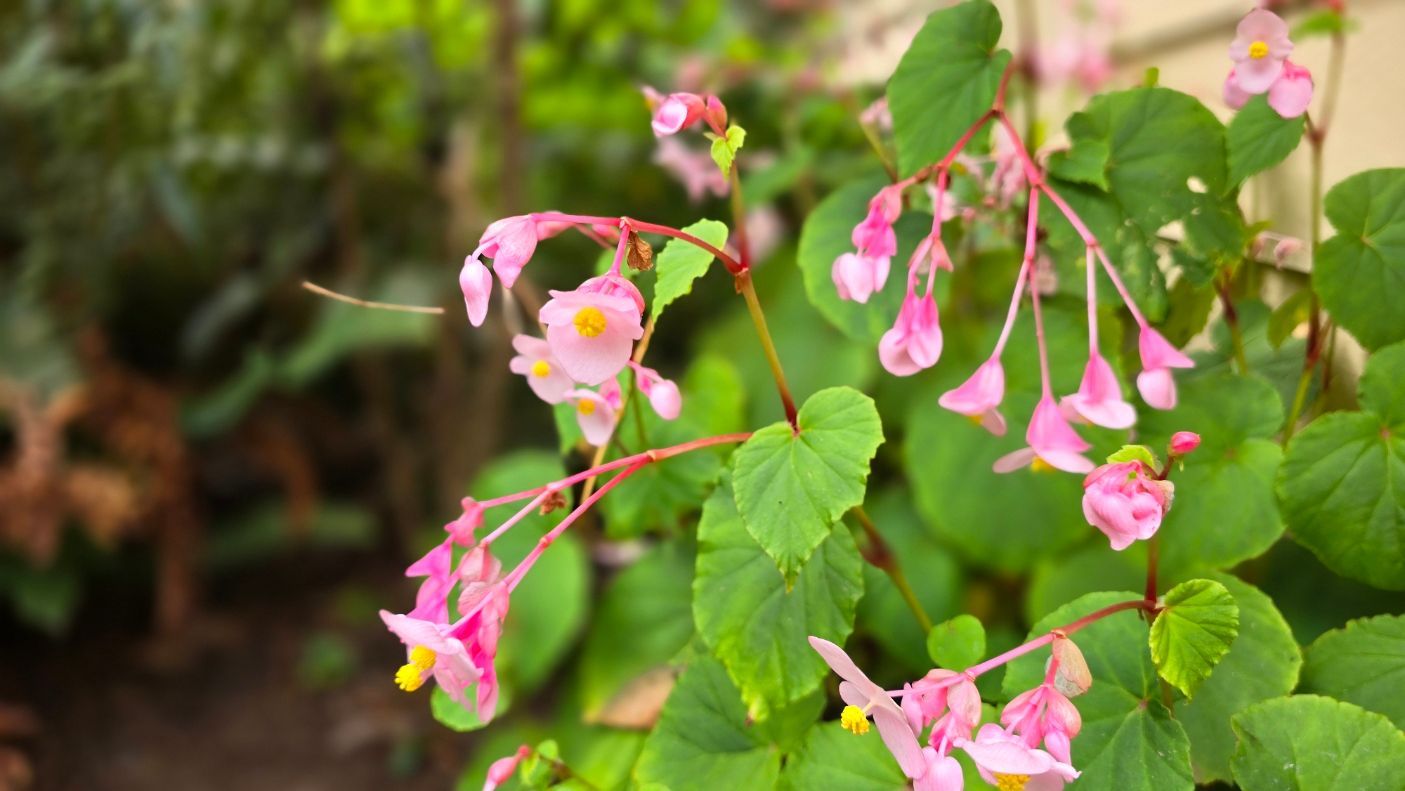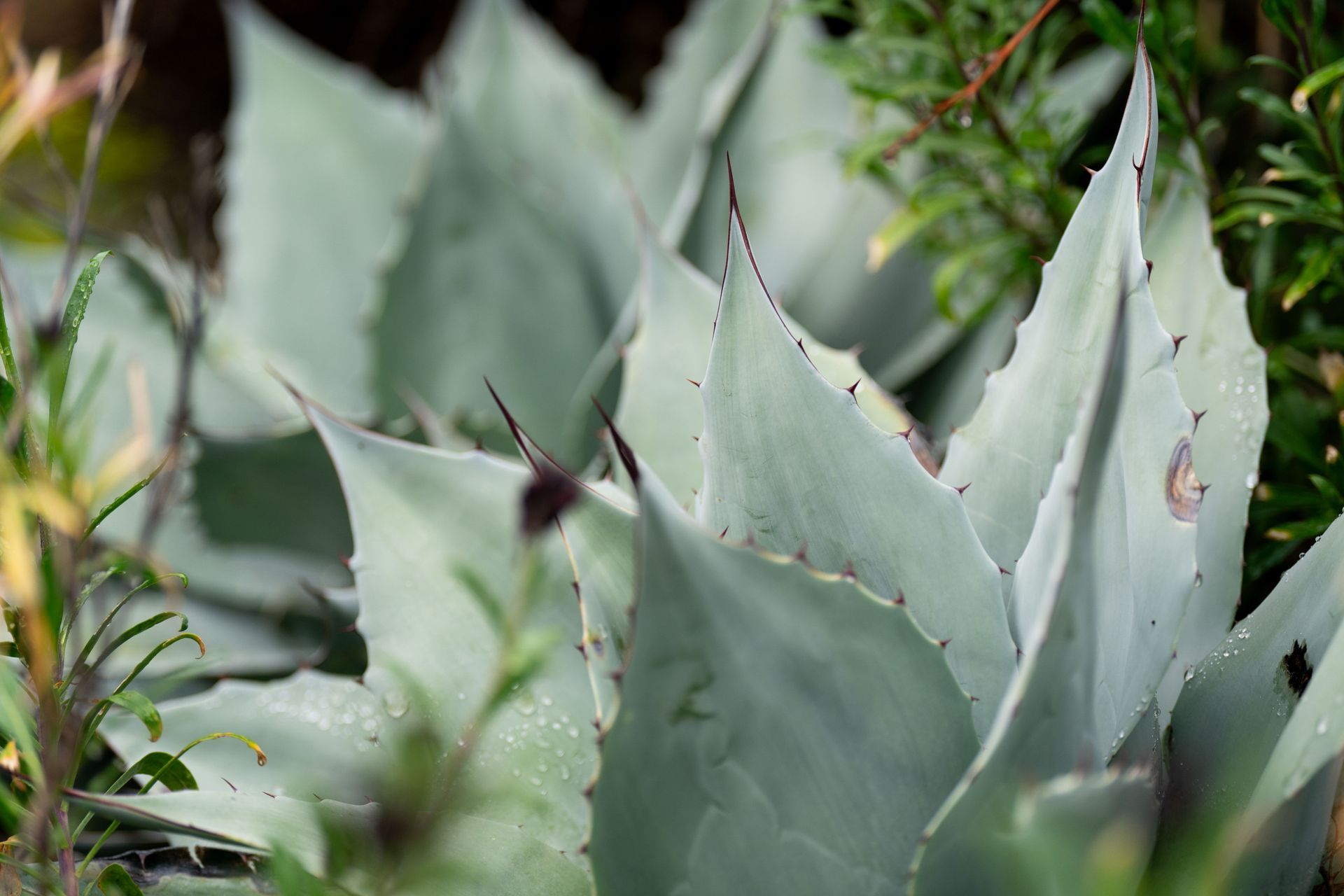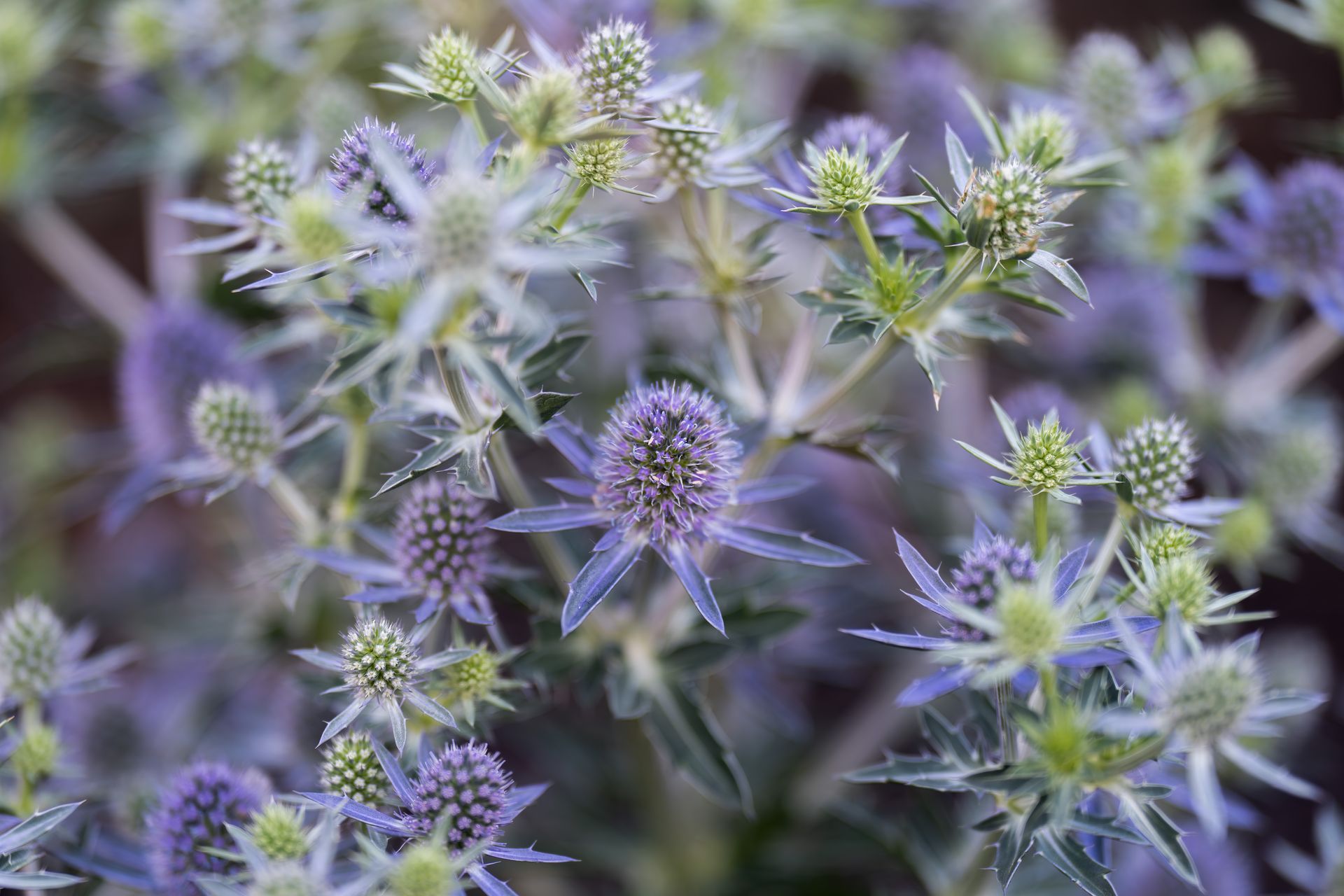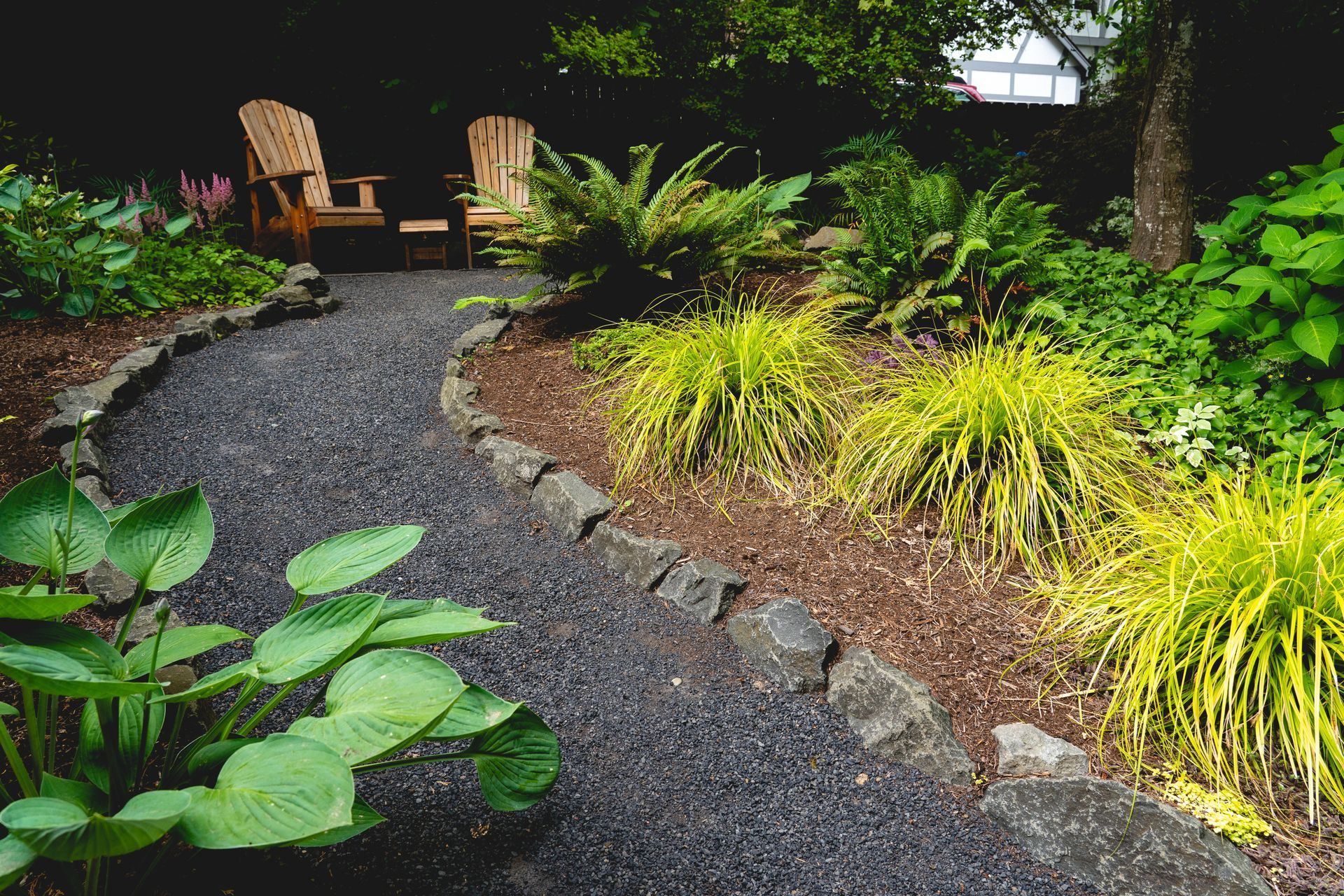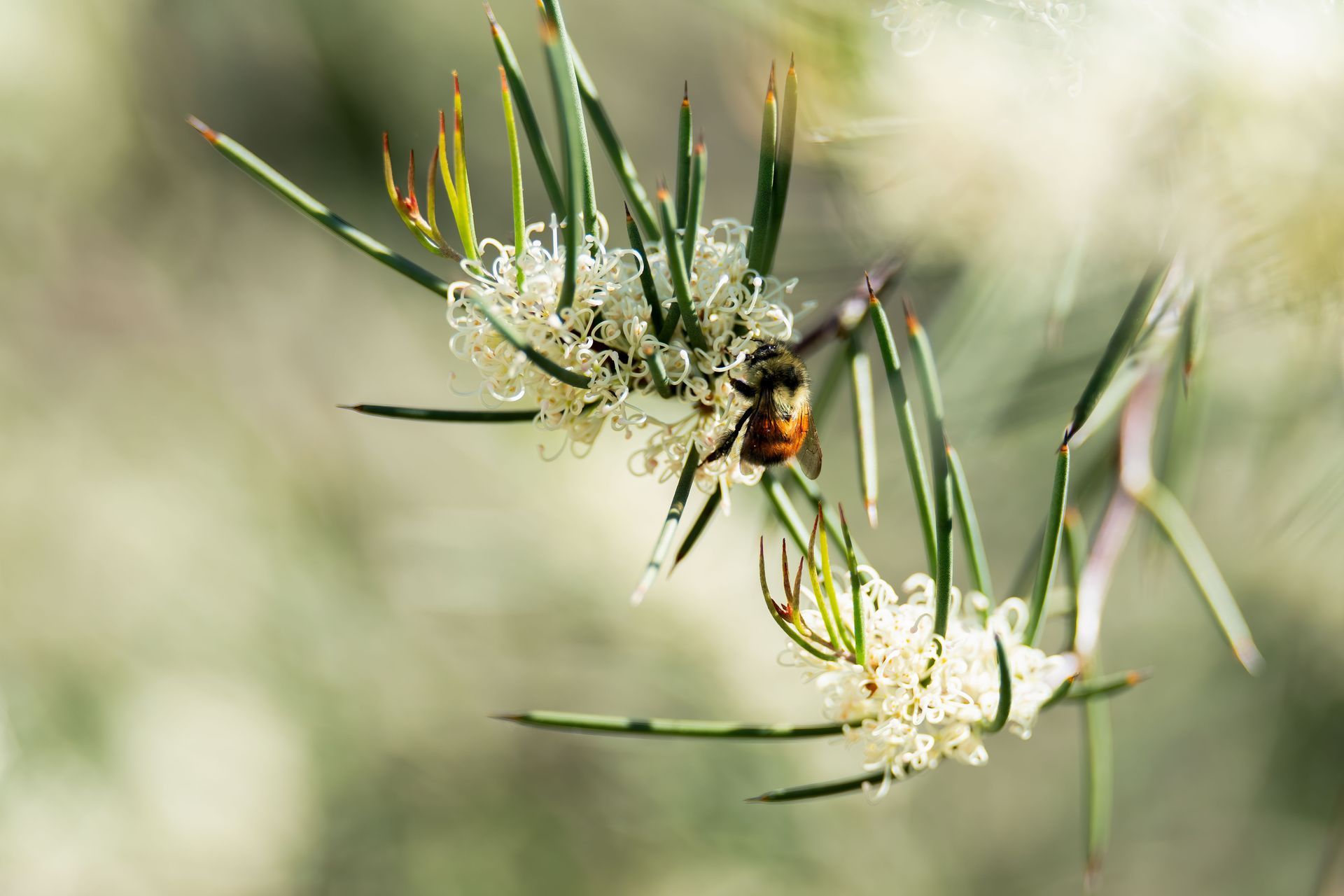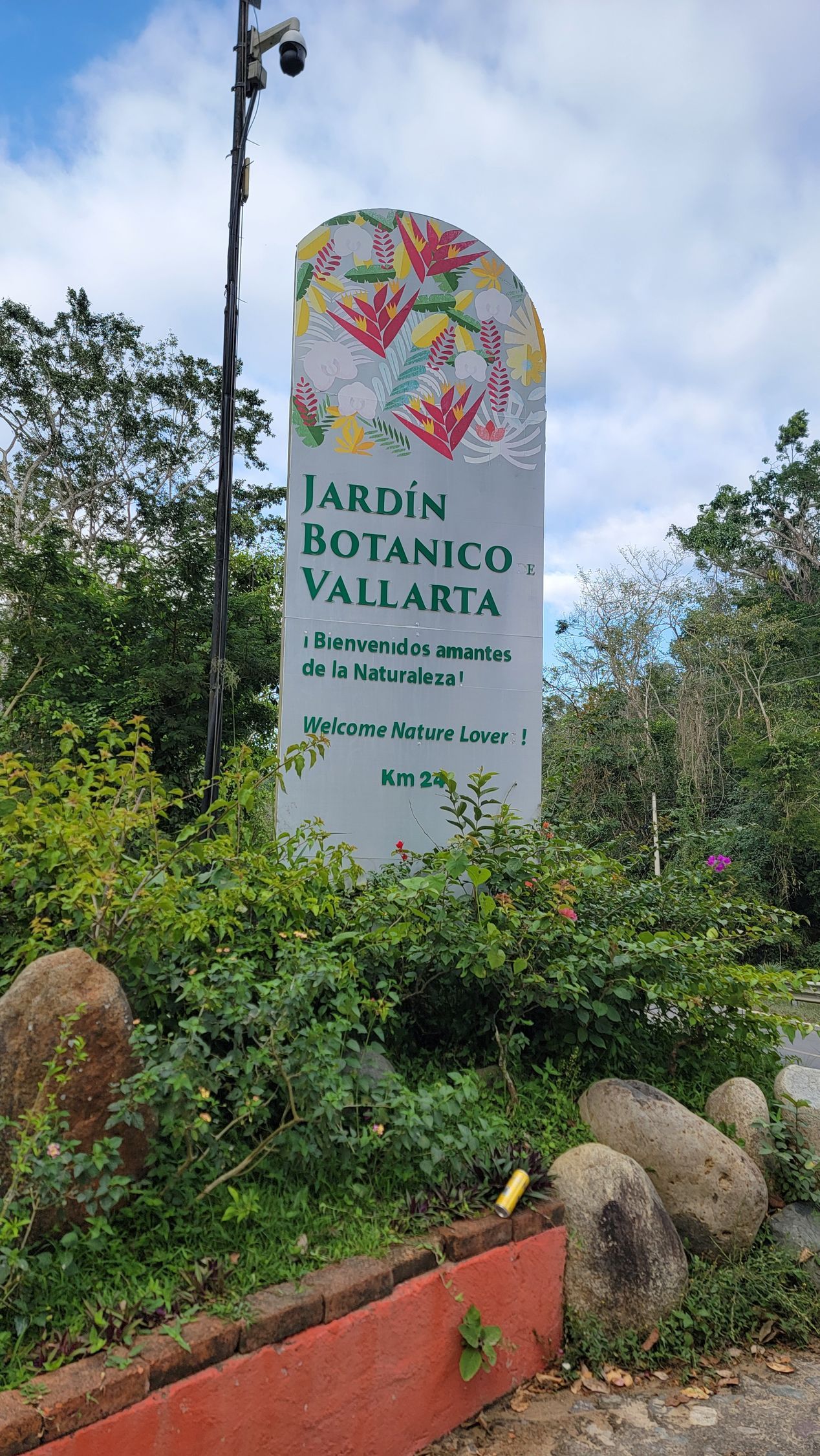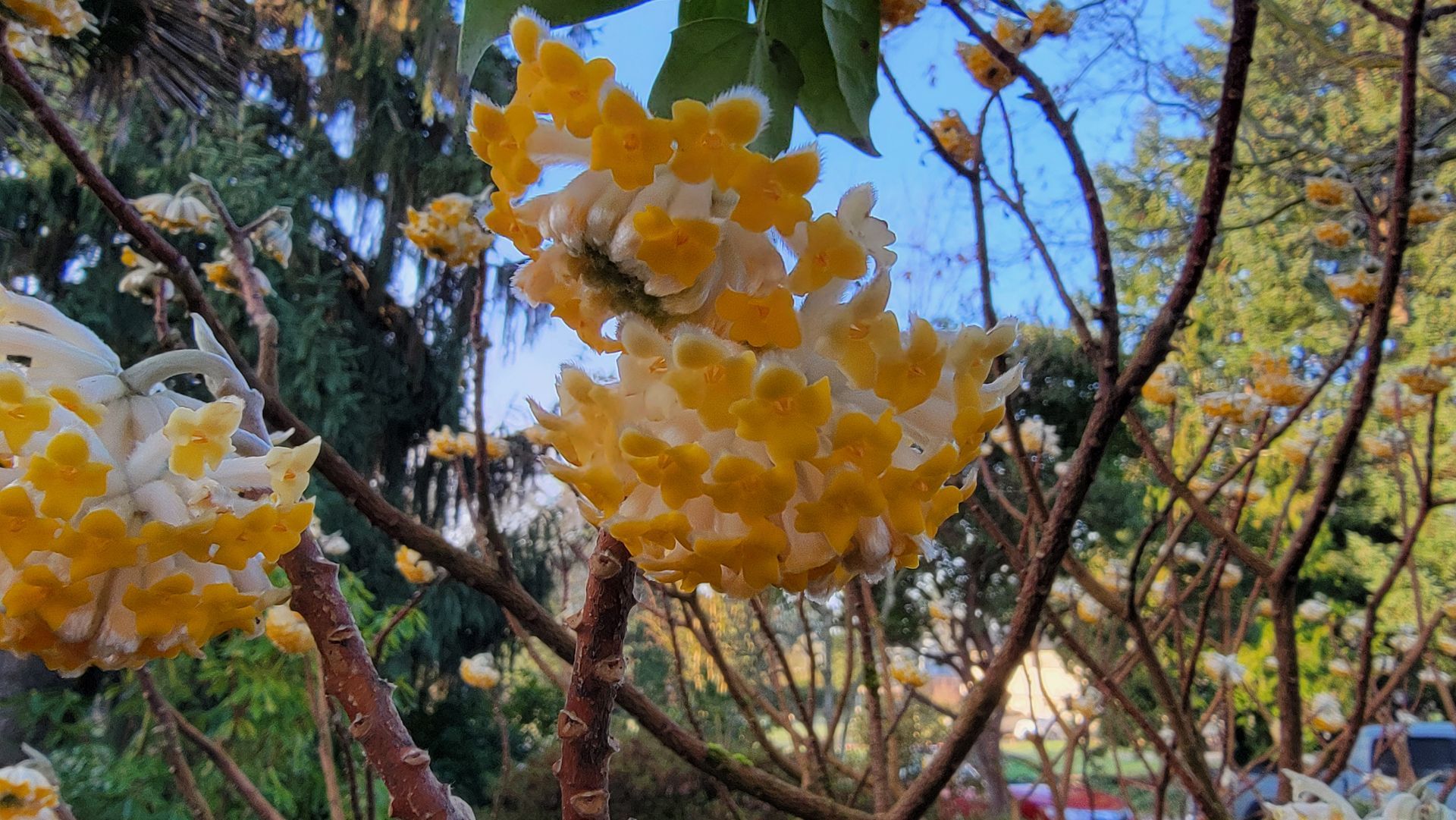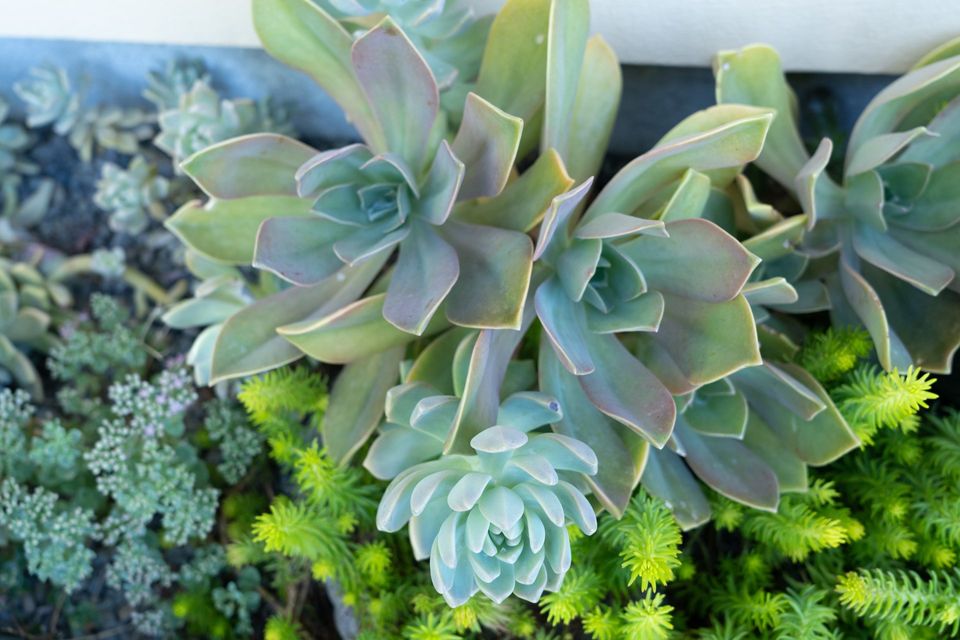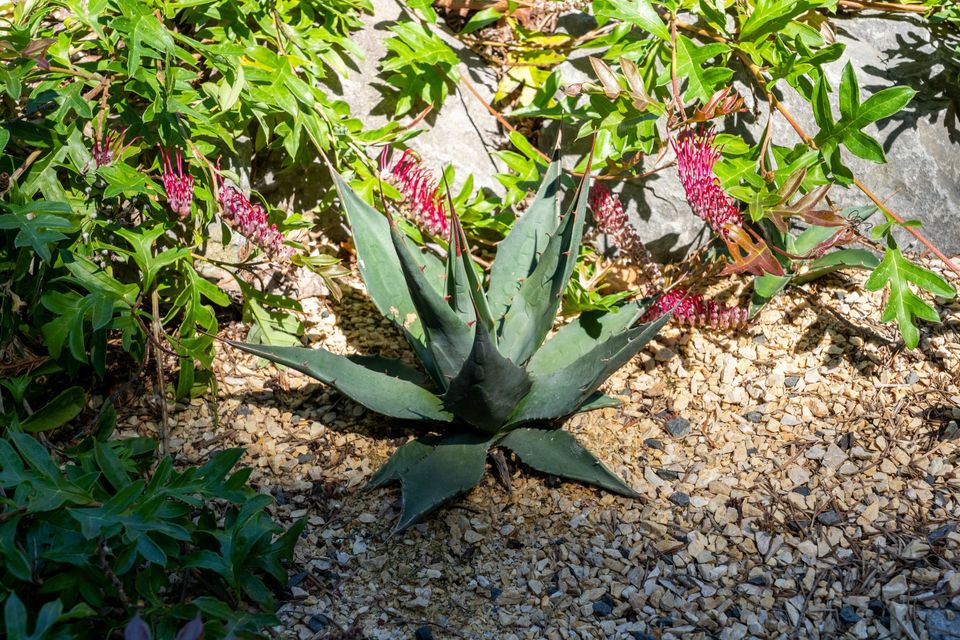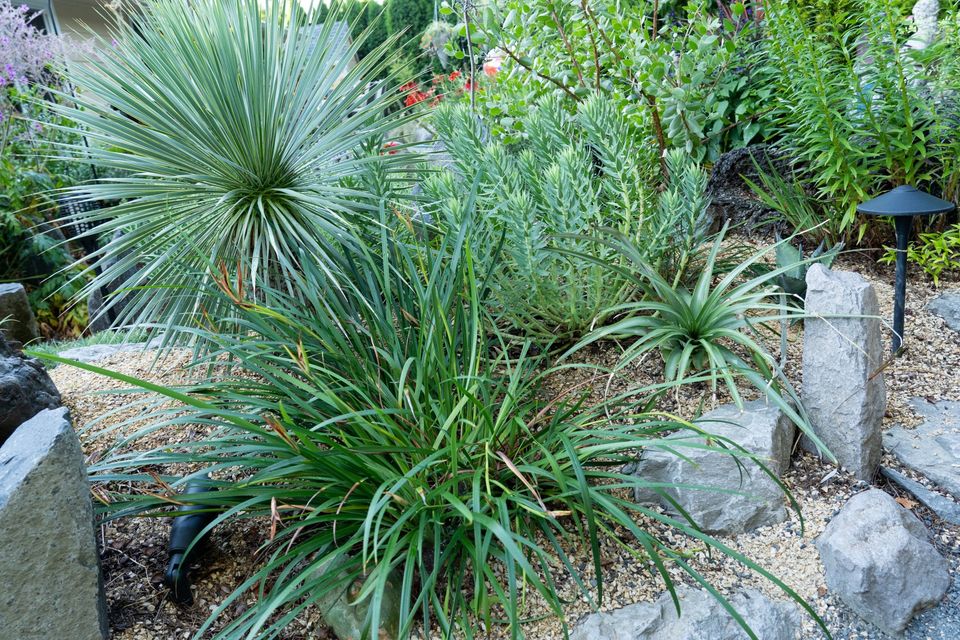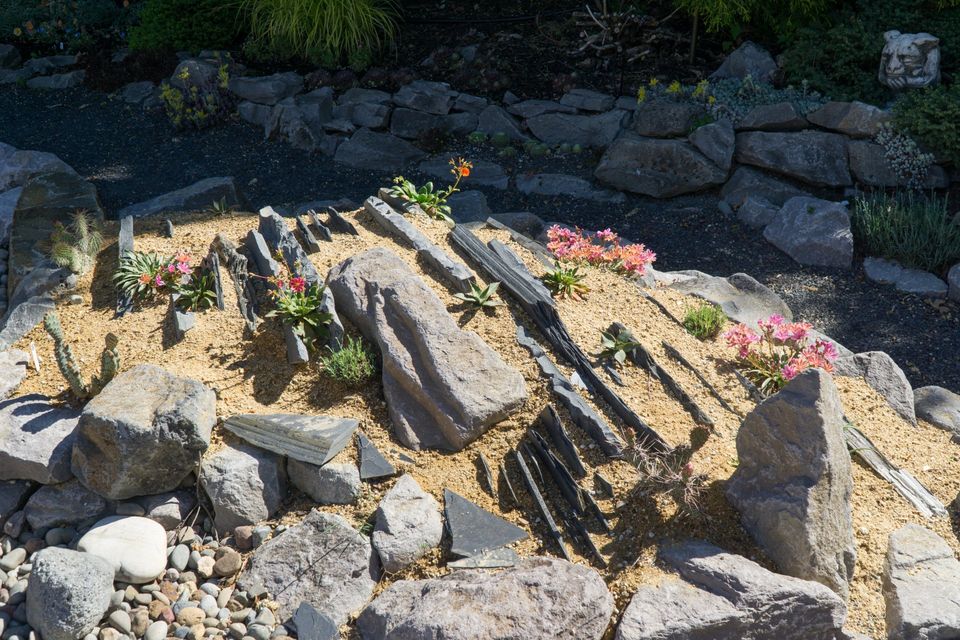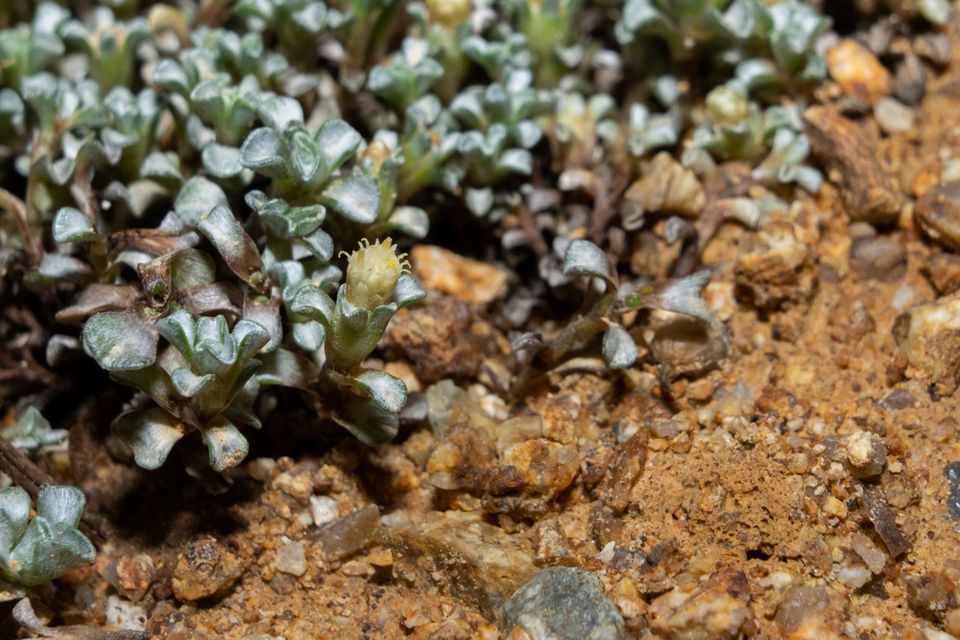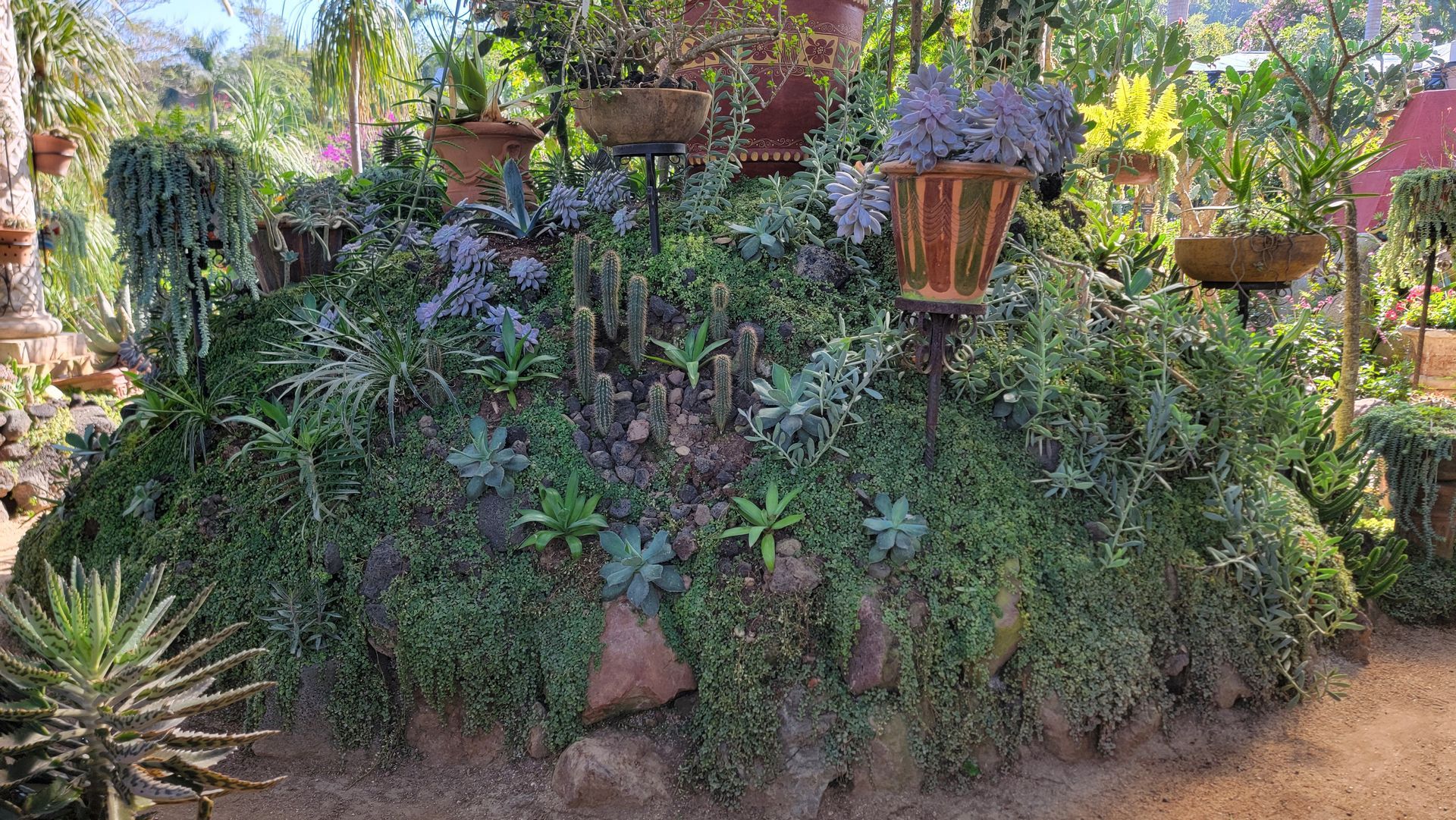Rock Gardening
“Hi, Dale!”
I LOVE plants, I can’t get enough of them. I like to say I’m passionate, but it really is more than that. If you’ve ever seen a big guy at a nursery, clutching his pearls and letting out a big “SQUEEE” at the sight of a new plant, it was probably me! I find great joy in talking about and to my plants…heh.*
I enjoy finding small micro climates in my garden to grow a wide variety of plants. For example, some of the plants I would consider to be marginally hardy in the Pacific NW, due to our high levels of precipitation, thrive under the protection of my west facing eve.
As you start to look for these little micro climates around the garden you begin to see them everywhere. I find myself wondering, "What could I plant in the cracks of this flagstone?"
Creating beds with good drainage and boulders to provide radiant heat seemed like the obvious next step in my gardening and plant addiction, since I was quickly running out of space under the eves. Which brings me to Rock Gardening.
I have several styles of rock gardens. In this post, I’m going to talk about two of my gardens: my Crevice Garden and my Dry Bed.
In my more natural looking Dry Bed I tried to emulate a rocky, desert environment. I started with a mix of sandy loam placed in a berm—for good drainage—and edged the area with boulders to hold everything in its place. I set boulders and rocks into the berm until it was both aesthetically pleasing and beneficial to the plants I planned to include.
I then spot amended the soil depending on each plant’s needs, experimenting and creating small habitats for each plant as I went along. If a plant wanted better drainage, I would incorporate some pumice. More organic matter if the plant desires more moisture. Most of the Agaves planted in this bed are planted at an angle (so water doesn’t collect as easily in the crown) and on the downhill side of small boulders that can both sheet water away from the root zone of the plants and offer some additional radiant heat in our cold winter months. Gravel mulch is helpful in dry beds and rock gardens: it drains and dries quickly so the leaves of plants don’t sit on wet bark mulch or soil. I chose decomposed granite for my mulch as it fit the aesthetic I was looking for.
Crevice Gardens
Crevice Gardens have been increasing in popularity over the years and have provided me with a new and creative twist on rock gardening. Take a look at the very nice crevice garden installation at the Denver Botanical Gardens in this article in High Country Gardens. Instead of placing boulders into a bed, flat stone is placed into the bed vertically and relatively close to each other. The stone (various other materials can be used such as urbanite) is placed deep into the planting media to create deep crevices, much like an alpine plant would be accustomed to growing in. The soil and media used is usually faster draining, but this will depend on the type of plants you want to grow. Crevice gardens are a great place to showcase smaller plants that may get lost or not thrive elsewhere in the garden. They can be as large or as small as you want. They can be created in containers or troughs, old bathtubs, sinks, you name it, as long as you have good drainage.
For my crevice garden I started with a base of sandy loam soil mixed with pumice and gravel. My friends had just finished installing a patio using an imported black flagstone from India and offered me the remnants to use. I edged the garden with grey basalt boulders and started filling in the crevices with plants. Since it is sometimes difficult to find plants small enough to try to plant in those narrow crevices, I have decided I want to try growing many of the plants I plan to incorporate by seed—or other means of propagation—with, of course, the exception of those “Squee!” I’ve got to have these discoveries.

